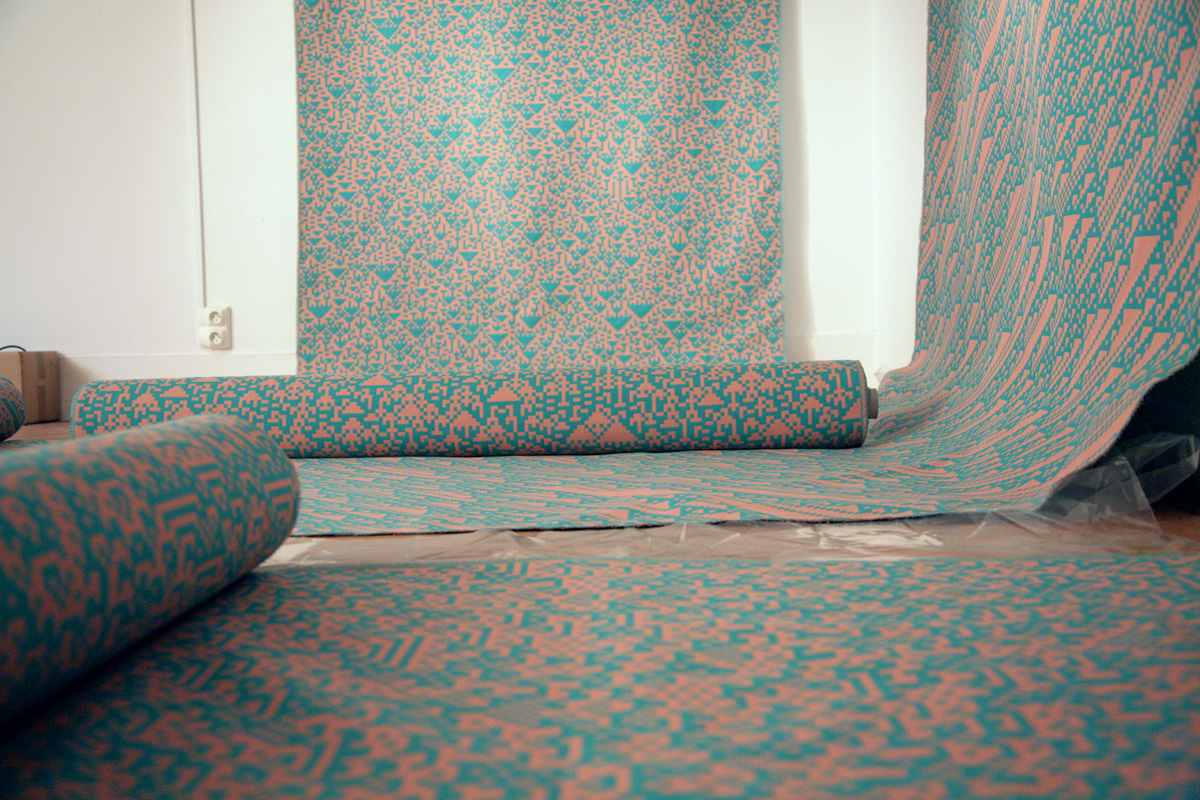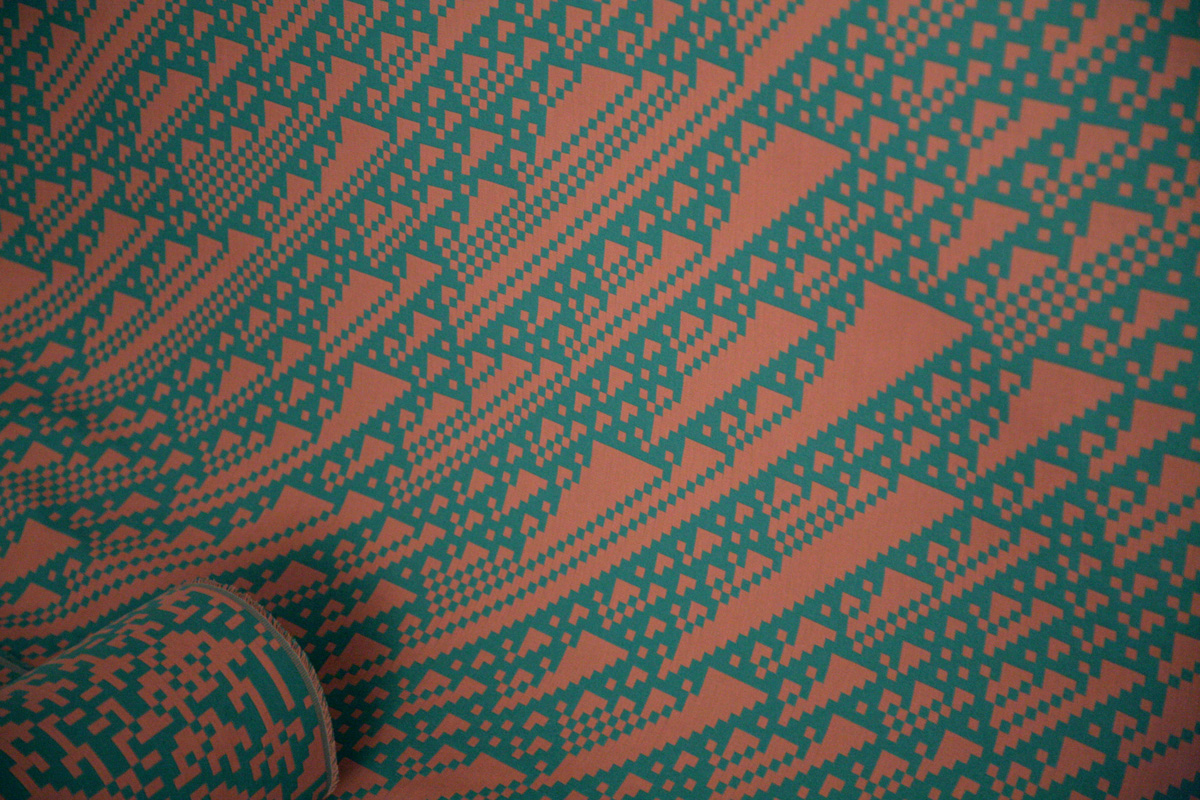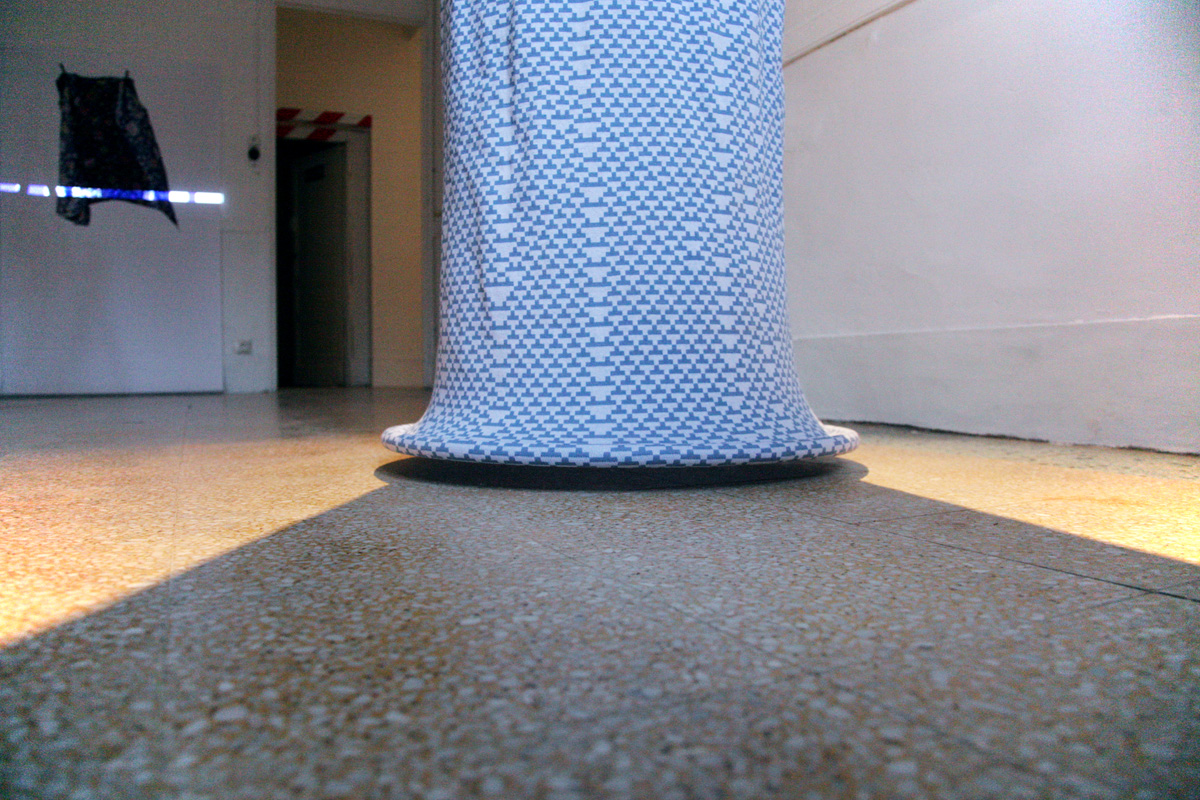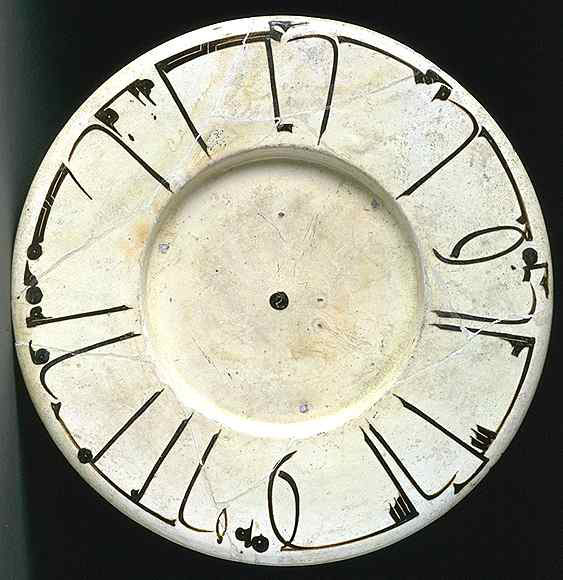
Zao Wou Ki - Sans Titre - 1987
« Je m'en tiens à mes limites; elles sont plus fécondes que ce qui les excède. » Cellular automataSome recent work
Density classification problem
I have worked Irène Marcovici, Ana Bušić and Jean Mairesse on the study of the density classification problem (see this paper) on infinite lattices and graphs. With Irène Marcovici and Siamak Taati, we proposed an interacting-particle system that solves the density classification problem in the case of finite two-dimensional grids (tori). A communication was presented at the AUTOMATA'16 conference Phase transitions in Cellular Automata
Changing the probability of a transition in asynchronous cellular automata triggers phase transitions.
-> See: Asynchronism Induces Second Order Phase Transitions in Elementary Cellular Automata, Journal of Cellular Automata, Vol. 4, No. 1, 2009.
I worked with Hugues Berry on an experimental determination of phase transitions in discrete reaction-diffusion systems.
Asynchronous updating of 2D CA
With Joerg Hoffmann, we examined planning techniques to (a) plan a sequence of update in order to reach a fixed point in some 2D binary CAs (b) automatically proove that such points are reachable.
I had collaboration with
Lucas Gerin
on the study of asynchronous cellular automata in two dimensions.
We examined the convergence properties to a fixed poind and studied some simple rules as a first step for understanding these CA.
Contacts in Canada (summer 2007 & 2010)We started exchanging with Henryk Fuks to examine both experimentally and analytically which are the asynchronous CA that conserve various quantities. In a frist step these quantities are the density, the ratio of 01 or 11 patterns, etc. Experimental results for the 88 ECA: Synthesis Density Kinks Block11 I was also hosted by Paola Flocchini. The Fuzzy CA model she studies was included into the FiatLux software.Technè - Art - ComputationWith the contemporary artists René Sultra and Maria Barthélémy, we generated rugs with cellular automata patterns. The carpets were exposed in a art exhibition held at "Maison Salvan", in Carjac, near Toulouse, South of France, in June 2008. They were created with the FiatLux CA simulator. We used Elementary Cellular Automata with random initial conditions. Photos (click to enlarge):
Carton d'invitation de l'exposition Multi-agent systems
The multi-turmite system
This joint work with Vincent Chevrier.
We are revisiting the Influence/Reaction formalism proposed by Ferber and Muller. Our main objetcive is to examine how to describe a simple multi-agent system, namely the muti-turmite model (or Langton's ants), as a discret dynamical system.
Click here to learn more.
Decentralised gathering with local rulesWe are studying how to group autonomous agents that move on discrete field and have only a short view of their environment.
From Multi-agent Systems to Cellular Automata
This was a joint work with Olivier Simonin and Antoine Spicher. We examined how to "translate" the individual-based language of multi-agent systems into the cell-centered language of cellular automata. See this paper |




